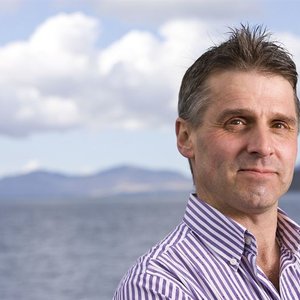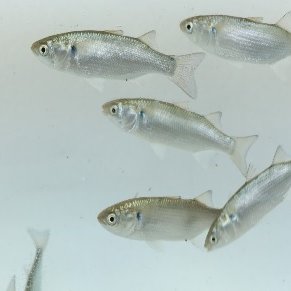The second session of Skretting’s FISH Great Talks will take place on June 24 with Robbert Blonk, R&D director at Hendrix Genetics, who will discuss gene editing and gene modification in salmon. The session will take place in a hybrid format, streamed from a studio that will link up with international guests. A link to register will be available soon.
Innovation in genetic improvement in Atlantic salmon: current and future technologies will address how important genetics are in a good productive result. “A good result depends on genetics and other factors such as the environment and production management. Inadequate management or an unfavorable environment can hide good genetic potential. However, when the environment is under control, we normally see that the variation in the performance of a population of those traits that are effectively genetically determined is around 30%. For some traits, it can be less, sometimes more. This means that genetics play an important role in the improvement of the population and, therefore, in the final results of production,” said Blonk in an interview with Skretting.
New technological and R&D tools are being incorporated to improve genetic development worldwide. “In our case, we are using state-of-the-art technology to run genetic programs. By working on multi-species breeding, we can learn and co-develop methodologies together with our network of academic and commercial partners. This means that we use classical breeding technology supplemented with large-scale genomic selection and, where necessary, with some QTL for specific traits. We test each of the breeding individuals in our populations, but we also challenge them with disease under controlled laboratory conditions and in commercial field settings. In this way, together with our state-of-the-art breeding facilities, we produce high-performance genetic material for our clients,” Blonk said.
Regarding what we can expect from fish genetics in the medium term, Blonk suggested “an even faster increase in the company’s genetic improvement by using all the state-of-the-art technologies for fish farming. It is not uncommon to see an improvement in genetic growth of 10% per generation in our genetic nucleus, and this will continue for a long time. However, we strongly believe in “balanced breeding.” That means genetic improvement for multiple traits at the same time, so we will see even faster growth but not at the cost of early maturation rates or other unwanted traits. In addition, in genetics, we take into account the economic interest of our clients by selecting the characteristics that have the main impact on their profitability. We don't just focus on growth, which for many is still the main metric for evaluating improvement performance. Salmon producers lose significant returns due to early maturation, rejections due to deformities, lower yields, mortality due to diseases and, therefore, our work allows us to control these traits and improve them when possible, along with growth.”













